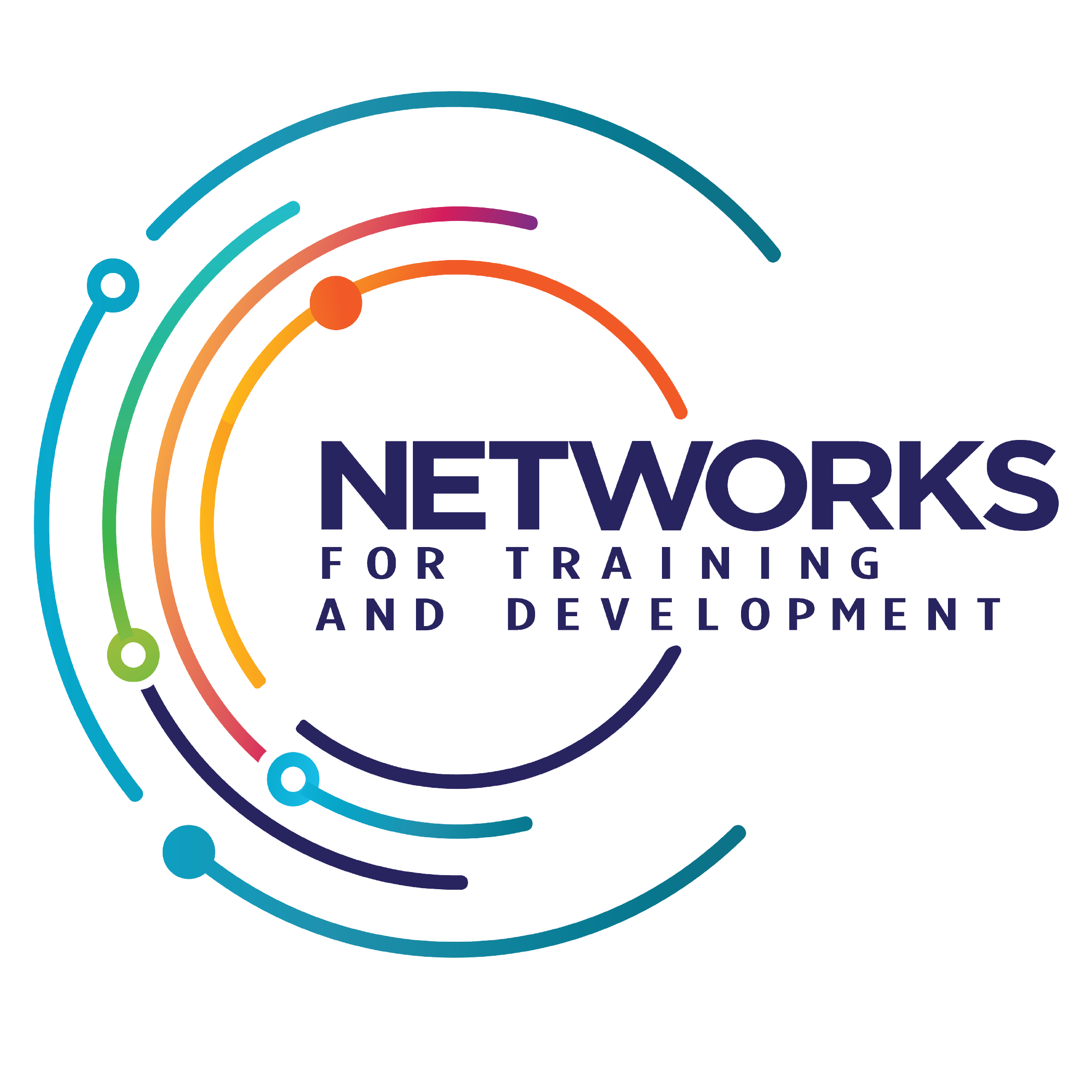Creating inclusive spaces sounds simple—just be welcoming and accessible, right? But sometimes, good intentions don’t always lead to great results. Inclusion efforts can miss the mark, leaving people with disabilities feeling unheard, uncomfortable, or outright excluded.
The good news? These common mistakes are fixable! So, let’s break down some of the most well-meaning but misguided attempts at inclusion—and how we can do better.
Mistake #1: “We Are All the Same Here!”
Why It’s a Problem:
While the intention behind this statement may be to create unity, saying things like “We don’t see disability here” or “Everyone is treated the same” actually erases people’s unique needs.
A Better Approach:
Instead of pretending differences don’t exist, embrace them! Inclusion means recognizing and accommodating diverse needs, not ignoring them. Try saying:
“We want to make sure everyone has what they need to participate fully.”
Mistake #2: “Look at This Inspiring Person Overcoming Their Disability!”
Why It’s a Problem:
Ah, the classic “inspiration porn” trap—where disabled people are used as feel-good stories to motivate non-disabled people. No, someone going to work, grocery shopping, or simply existing is not inherently inspiring.
A Better Approach:
Instead of highlighting disability as something to be “overcome,” focus on celebrating achievements for what they are. People with disabilities deserve respect, not pity or pedestal treatment. Try saying:
“This person’s work is incredible because of their skill, not just because they have a disability.”
Mistake #3: “Just Let Us Know If You Need Anything!”
Why It’s a Problem:
While this sounds welcoming, it puts all the responsibility on the person with a disability to advocate for themselves—often in spaces where they might not feel comfortable doing so.
A Better Approach:
Instead of waiting for someone to ask for accommodations, be proactive! Ensure accessibility is built into events, workplaces, and programs from the start. Try saying:
“Here are the accessibility features we have in place—let us know if you need anything else!”
Mistake #4: “We Have a Ramp, So We’re Accessible!”
Why It’s a Problem:
Accessibility isn’t just about physical access. A ramp is great, but what about captions for videos, sensory-friendly spaces, easy-to-read materials, or accessible websites?
A Better Approach:
Think about accessibility beyond just the bare minimum. Consider all kinds of barriers—physical, sensory, and communication-based. Try asking:
“How can we make this space, event, or website more accessible for everyone?”
Mistake #5: The “Token” Inclusion Attempt
Why It’s a Problem:
Inviting one disabled speaker to an event, hiring one neurodivergent employee, or featuring one wheelchair user in an ad doesn’t equal inclusion. True inclusion isn’t about optics—it’s about systemic change.
A Better Approach:
Ensure that people with disabilities are part of leadership, decision-making, and ongoing conversations—not just included because it’s what you think you’re supposed to do. Try saying:
“We want to make sure disabled voices are heard at every level of our work.”
Final Things to Consider: Inclusion Done Right
The goal of inclusion isn’t to “check a box” or “look good”—it’s about creating spaces where everyone can fully participate, thrive, and feel valued.
The key? Listen to disabled voices. Learn from feedback. And be willing to make real changes.

